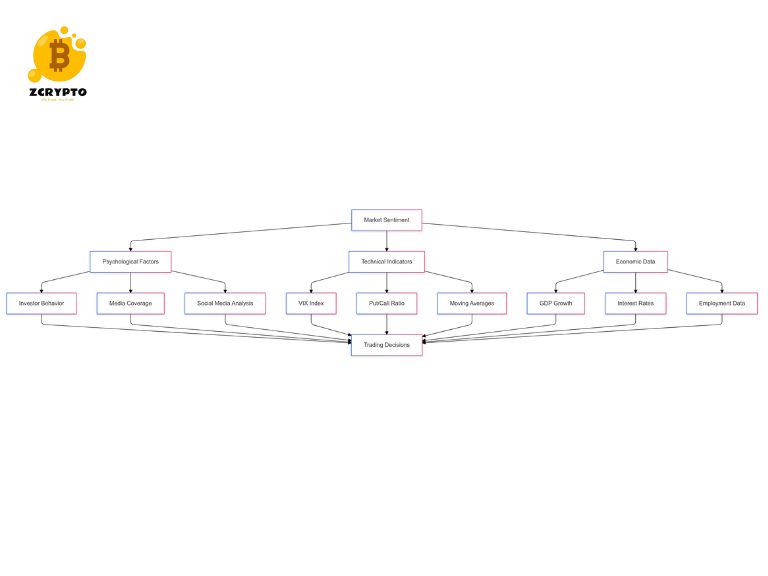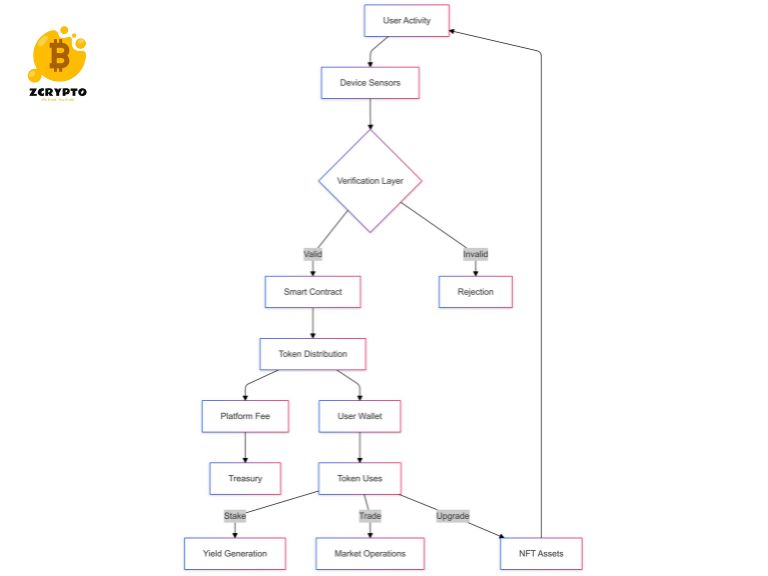Investment Opportunities in Agribusiness
Overview of Agricultural Investment
Agricultural investments have long been attractive due to their competitive returns, annual cash flow, and asset appreciation with relatively low volatility. Historically, farmland has proven resilient during economic downturns, making it a stable choice for investors seeking diversification. Unlike traditional assets like stocks or bonds, farmland offers a tangible asset that can appreciate over time while generating income through crop sales or rental agreements.
- Understanding Basis Points (BPS): A Comprehensive Guide to Financial Measurements
- How Build-Operate-Transfer Contracts Revolutionize Infrastructure Financing and Investment
- What is Merkle Tree? Technical Architecture and Applications
- How to Create a Winning Business Plan: Step-by-Step Guide for Success
- Maximize Your Retirement Savings: A Comprehensive Guide to After-Tax Contributions
Types of Agricultural Investments
- Farmland Ownership: Direct ownership of farmland provides investors with full control over operations and the potential for long-term value increase. However, it requires significant capital upfront and involves direct management responsibilities.
- Farmland REITs: Real Estate Investment Trusts (REITs) offer a more accessible way to invest in real estate assets with lower transaction costs and administrative expenses. While REITs provide liquidity and diversification benefits, they are subject to market volatility.
- Lease Agreements and Direct Management: Lease agreements allow investors to rent out their land to farmers, providing a steady income stream without the need for direct management. In contrast, direct management involves overseeing all aspects of farm operations but can offer higher returns if managed efficiently.
Profitability Measures in Agribusiness
Understanding Profitability
Profitability in agribusiness is defined as the difference between the value of goods produced and the cost of resources used. It is crucial for farmers and investors to understand these metrics to make informed decisions about their operations.
You are viewing: Unlocking Agribusiness: A Comprehensive Guide to Investment, Profitability, and Market Trends
Key Profitability Metrics
- Rate of Return on Farm Assets (ROA): ROA measures profitability relative to assets, including net income and all farm assets. A strong ROA is generally considered above 8%, while anything below 4% may indicate concerns.
- Rate of Return on Farm Equity (ROE): ROE calculates the residual return on farm investments after deducting labor and interest expenses. A strong ROE is typically above 10%, while anything below 3% may signal issues.
- Operating Profit Margin Ratio: This ratio reflects the efficiency in converting revenues into operating profits. An operating profit margin above 25% is generally strong, while anything below 15% may indicate inefficiencies.
- Asset Turnover Ratio: This ratio measures how efficiently assets are used to generate revenue. An asset turnover ratio above 45% is considered strong, while anything below 30% may suggest underutilization.
Strategies to Enhance Profitability
Cost Control
Effective cost control is essential for enhancing profitability in agribusiness. This includes negotiating better prices with suppliers, cutting unnecessary expenses, and streamlining operations. For example, small-scale farmers can reduce costs by sharing equipment or resources with neighboring farms.
Diversification
See more : How Call Options Work: A Comprehensive Guide to Buying, Selling, and Profiting
Diversifying crop or livestock offerings can significantly increase profits. Integrating complementary crops or livestock into existing operations can spread risk and capitalize on different market demands. For instance, a farmer growing corn might also consider planting soybeans or wheat to diversify their income streams.
Improving Quality
Improving the quality of crops or livestock can enhance profitability by commanding higher prices in the market. Investments in genetic improvement, better breeding practices, and improved animal health and nutrition are key strategies here. High-quality produce often attracts premium prices from consumers willing to pay more for superior products.
Data-Driven Approach
Using data to track performance, weather patterns, and market prices can optimize farming practices significantly. Data analytics can help farmers determine optimal planting dates, fertilizer rates, and sales timing. For example, precision agriculture technologies use sensors and drones to monitor soil moisture levels and crop health in real-time.
Market Trends and Outlook
Current Market Dynamics
See more : What is Merkle Tree? Technical Architecture and Applications
Current market trends in agribusiness are driven by several factors including population growth which increases food demand globally. Technology and automation are also playing critical roles in increasing efficiency and profitability within the sector. Precision farming techniques and vertical farming are becoming more prevalent as they offer higher yields with lower resource usage.
Future Outlook
The future outlook for agribusiness looks promising with potential for growth driven by increasing global food demand and advancements in technology. However, challenges such as price volatility remain significant risks that need careful management through strategies like futures and options markets.
Regulatory and Operational Considerations
Production and Operations Management
Effective production/operations planning is crucial for success in agribusiness. This involves assessing current practices regularly, managing risks associated with weather events or pests/diseases effectively, and complying with relevant regulations such as manure management laws or worker safety standards.
Managerial Expertise and Asset Management
Managerial expertise in areas like agronomy or dairy science is vital for managing productive assets such as land efficiently. Proper management of buildings/equipment ensures they remain productive over their lifespan which directly impacts overall profitability.
Source: https://summacumlaude.site
Category: Blog







